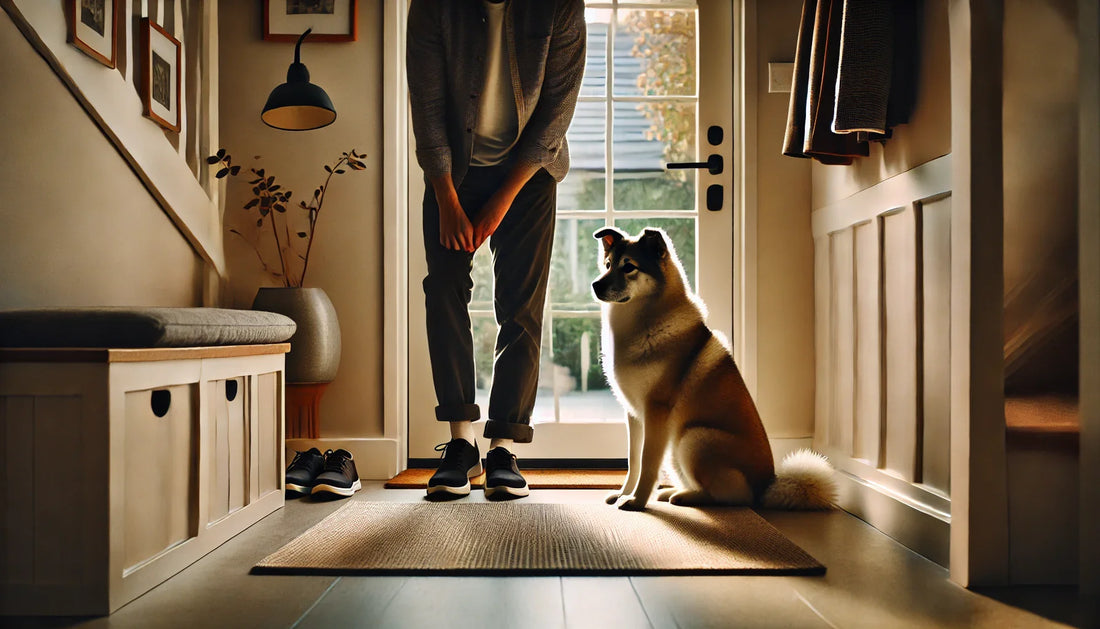
Separation Anxiety: A Routine to Ease Your Dog
Share
Introduction
Leaving the house shouldn’t be stressful for your dog—or for you. Yet many pups experience separation anxiety, showing distress through whining, pacing, or destructive chewing. The key to easing their worry lies in creating a calm, predictable routine that helps them feel secure when you’re gone.
Step 1: Desensitize the Departure
Dogs often associate certain cues—like grabbing keys or putting on shoes—with being left alone. Start by doing these actions without actually leaving. Pick up your keys, then sit on the couch. Put on your coat, then stay home for a few minutes. This helps your dog unlearn those anxiety triggers.
Step 2: Create a Safe, Comforting Space
Designate a calm area for your dog when you’re away. Add a cozy bed such as the FurHaven Orthopedic Ultra Plush Sofa Bed, a favorite toy, and a piece of your worn clothing for familiar scent comfort. Background noise like soft music or a white noise machine can also help them relax.
Step 3: Short Practice Sessions
Start small. Leave for one minute, then return before your dog becomes distressed. Gradually increase the time. Use a treat dispenser like the Petcube Bites 2 Lite to reward calm behavior when you’re not in the room. Over time, your dog learns that departures are temporary—and often rewarding.
Step 4: Keep Goodbyes and Hellos Low-Key
Emotional exits or enthusiastic reunions can heighten anxiety. Keep your energy neutral when leaving or returning. Greet your dog only after they’ve calmed down, reinforcing the idea that alone time isn’t a big deal.
Step 5: Mental and Physical Enrichment
A tired mind and body make for a relaxed dog. Morning exercise—like a 20-minute walk using a Ruffwear Front Range Harness—can reduce restlessness. Add puzzle toys or frozen treat-filled KONGs to keep them mentally engaged while you’re out.
Step 6: Build Confidence Gradually
For some dogs, separation anxiety is rooted in insecurity. Incorporate brief solo play sessions at home, like chewing or resting in another room. Praise calm independence. Consistency helps your dog understand that solitude is safe.
When to Seek Help
If your dog’s anxiety is severe—such as howling, accidents, or self-harm—consult your veterinarian or a certified trainer. They may suggest behavioral therapy or medication to support progress.
Conclusion and CTA
Easing separation anxiety isn’t about forcing independence; it’s about building trust. With routine, patience, and comfort tools, your dog can learn that being alone is okay. Start small, stay calm, and celebrate each sign of progress. For medical concerns, consult your veterinarian.
